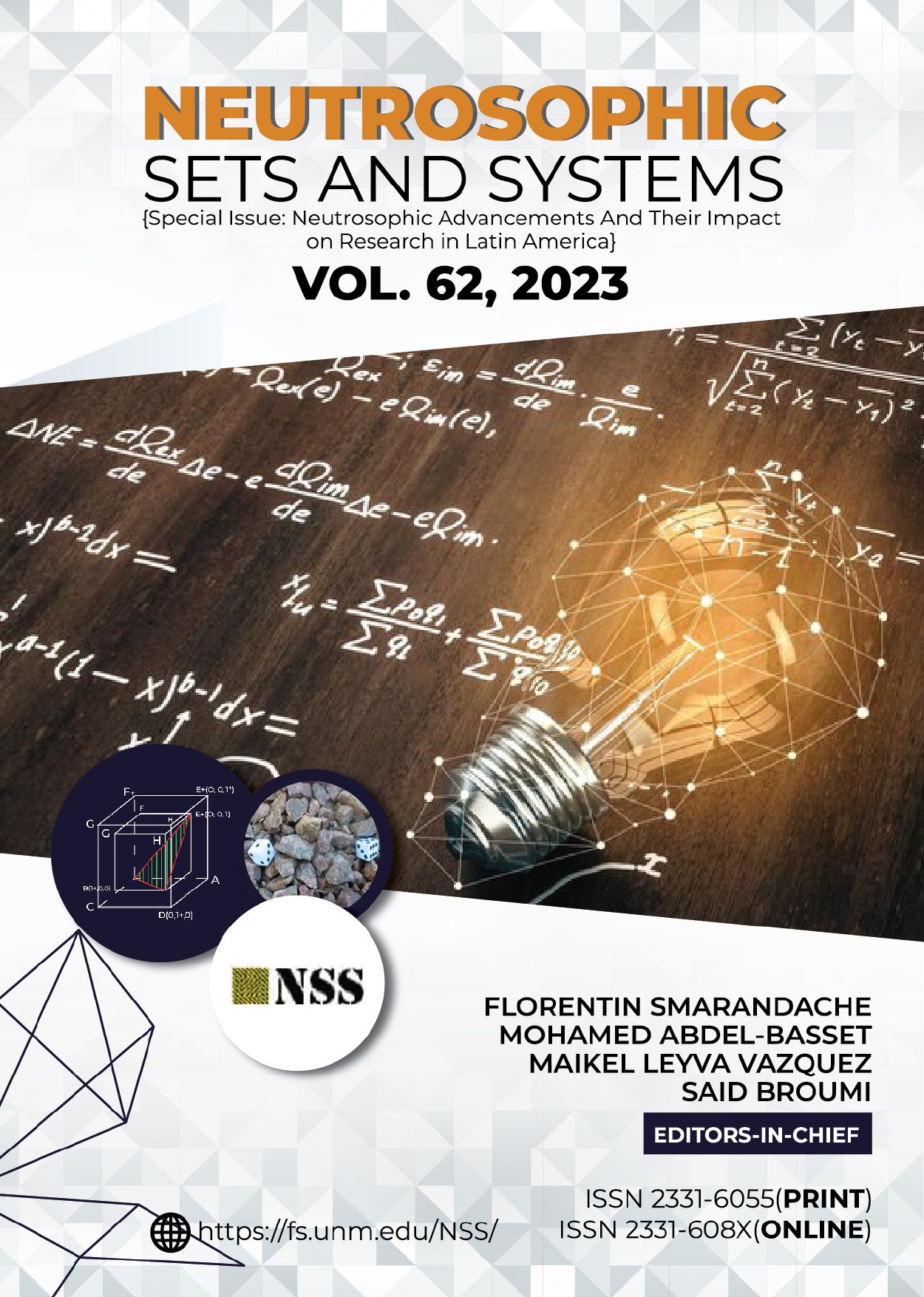Neutrosophic Evaluation of Healthcare System Resilience
Keywords:
Resilience, neutrosophy, health crises, healthcare systemAbstract
Currently, the resilience of the healthcare system in Ecuador is at the forefront of attention due to the need to address
crises such as pandemics, natural disasters, and economic crises. Therefore, this study has focused on evaluating six proposed
programs aimed at enhancing the resilience of the Ecuadorian healthcare system and selecting the best proposal to protect the
health and well-being of communities in Ecuador. The evaluated programs aim to enhance the system's capacity for adaptation,
preparedness, and response to crises and disruptions. Due to existing indeterminacies in assessing the resilience of the
healthcare system for each program, the application of the neutrosophic VIKOR method is necessary. The results emphasize
the need to diversify approaches to strengthen resilience, including the formation of multidisciplinary teams and the enhance
ment of Ecuador's public health response capacity. In conclusion, the modeling of the neutrosophic method has been essential
for assigning weights and evaluating the proposed programs. Furthermore, strengthening the resilience of the healthcare system
in Ecuador is crucial to ensure effective and equitable medical care during times of crises and future challenges.
Downloads
Downloads
Published
Issue
Section
License
Copyright (c) 2023 Neutrosophic Sets and Systems

This work is licensed under a Creative Commons Attribution-NonCommercial-ShareAlike 4.0 International License.







